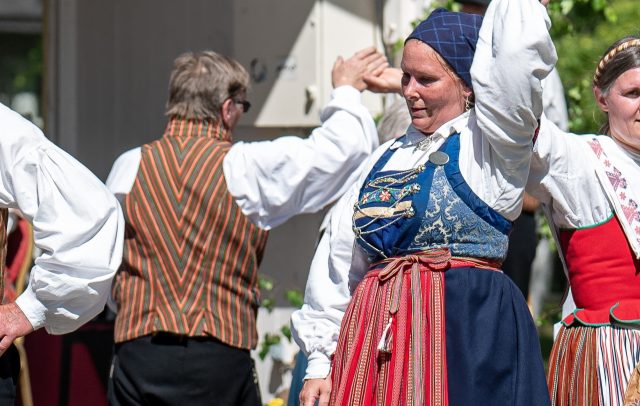
Are we heading for another European Renaissance? Will we have an international national awakening where we Europeans and Westerners finally find our way back to our own cultures and start cultivating our own distinctive identities again?
If there is anything we have learned from history, it is that dominant tendencies in culture and ideology create their own backlashes. After the Enlightenment and rational culture of the 18th century, we got the more emotional Romanticism of the 19th century. Early 19th century European culture was in many ways a backlash against everything that the Enlightenment stood for and which culminated in the French Revolution.
Today, in 2025, we have had more than thirty years of globalism and neoliberalism. It has been a time when free trade has been a given, when large emigrant flows have moved from Asia and Africa towards Europe and North America. It has been a time when the Internet has brought the whole world together. Young people in Europe can listen to Korean pop music and watch American YouTubers.
In Western Europe, many people have felt that their traditional culture and identity have been put under pressure. Partly by globalization and digitalization, and partly by migration. There has even been what many have called an oikophobia in the West, where one’s own culture has been seen as a threat to good values and where the presence of foreign cultures has been seen as proof of our humanity and generosity.
But now something is happening. Our own Western civilization is starting to interest people again.
In Sweden, for example, it is obvious that there has been a new interest in traditional Swedish folk costumes. The writer Bitte Assarmo writes in an article on the conservative blog “Det Goda Samhället” (The Good Society”) that folk costumes are back. Assarmo reminds us that representatives of the social conservative and nationalist party Sweden Democrats appeared in folk costumes at the opening of the Swedish parliament during the first years they were in the parliament (early 2010s). This was met with mockery and contempt by establishment journalists. Back then – fifteen years ago – the national costume was a sign of backward and dangerous nationalism. Now it is different.
In connection with the Swedish Midsummer celebration this year, it was obvious that many young women were happy to put on a folk costume. And so were many young women with an immigrant background. Sweden celebrates its national day on June 6. But this is a fairly new invention. And many consider Midsummer Eve to be Sweden’s real national day.
Bitte Assarmo says she believes that the new interest that now exists in Swedish folk costumes is a sign of a new interest in Swedish culture. This is in turn an expected reaction to the mass immigration that Sweden has had for so long and which has been implemented with the express motive that Sweden should become a multicultural country and not a Swedish one.
But this is of course something that mainstream journalists do not dare to talk about, Assarmo points out. Instead, they claim that the interest in folk costumes stems from an interest in reuse and sustainability. It is said that it is the care for the earth and climate that is causing Swedish women to once again start wearing Swedish folk costumes. Too often, these costumes have been passed down by previous generations. So, then it makes perfect sense to reuse them so we don’t contribute to destroying the climate.
But as Bitte Assarmo writes: The interest in folk costumes has nothing to do with the climate or with sustainability. It is about young Swedes longing for their own culture. They are tired of oikophobia. They are tired of the denial of the importance of Swedish culture and Swedish identity for Sweden and the Swedes.
And it may even be that many of these young people themselves do not understand that their new interest in folk costumes is a protest against globalization and multiculturalism. They may just think that Swedish folk costumes are nice. But that does not prevent it from being an act of resistance. An act of resistance against oikophobia and self-loathing. An act of resistance against the denial of our Western heritage and our Western culture.



 Subscribe
Subscribe